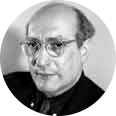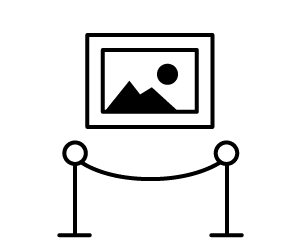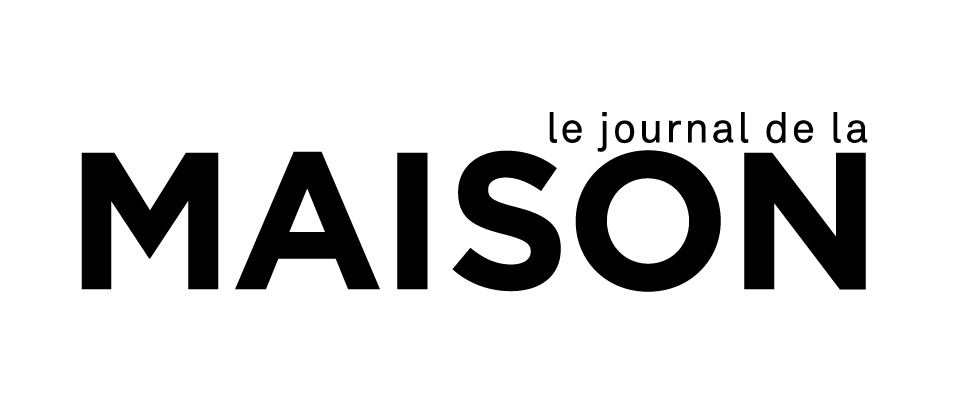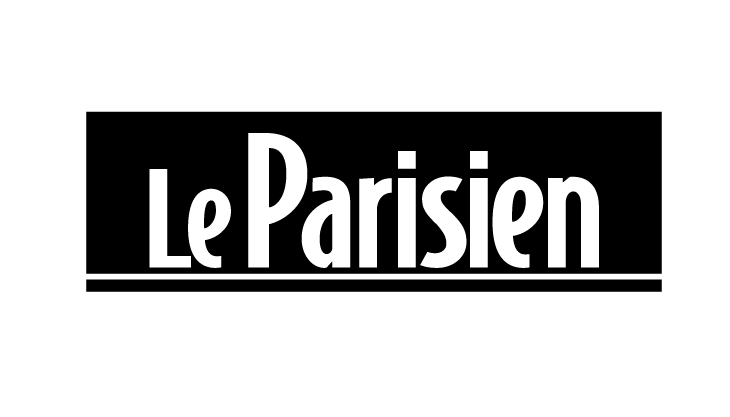Artwork of Mark Rothko
An indivisible painter of the Colour Field technique, Mark Rothko left his mark on an entire page of art with his large paintings composed of flat colours that bring out the most raw emotions in the viewer. From the United States, to the MoMA in New York or the Rothko Chapel in Houston, via the Museum of Modern Art in Paris and the main hall of the Whitechapel Gallery in London, Mark Rothko's painting is now presented as an unmissable view of modern art throughout the world.
Discover the works of Mark Rothko, with ‘Orange, Red, Yellow’ and ‘Black on Maroon’, two paintings representative of the artist's Color Field style, and presented in the major retrospective at the Louis Vuitton Foundation in Paris, or his canvas ‘Entrance to the Metro’, one of his first creations, before he entered into total abstraction.
Treat yourself to a reproduction of one of Mark Rothko's paintings available in the catalogue, and learn more about this painter, inextricably linked to the mid-20th century New York School, by discovering his biography.
Biography of Mark Rothko
The youth of Mark Rothko
Born in 1903 in what is now Latvia, Markuss Rotkovičs spent his early years in Europe before moving to the United States in 1913 to join his father, who had fled the Russian Empire a year earlier to bring his children to the country. Growing up in Portland, young Markuss quickly developed an interest in art and literature, and continued his education in literature at Yale University. At the end of his studies, he started his professional career as an artist, later changing his name to Mark Rothko, and became a teacher of drawing to children. In New York, he founded the ‘Artist Union’ with Byron Browne, Balcomb Greene, Ibrahim Lassaw and Michael Löw, among others, a group of painters and sculptors, which worked in particular for the ‘Public Works of Art Project’, a public project for the creation of works of art during the Great Depression.
In 1938, Mark Rothko officially became an American, and changed his name in 1940, fearing the spread of Nazi ideology, as his original name was too reflective of his Jewish origins.
The influence of surrealism and abstract expressionism on the work of Mark Rothko
Initially inspired by the social conditions of 1930s New York, Mark Rothko painted scenes of the subway, echoing the Great Depression that was raging in the United States at the time. But the American painter was quickly won over by the colour emanating from the paintings of Henri Matisse, as well as by the writings of Nietzsche. This is how Mark Rothko's artistic line changed, to join the code of the followers of abstract expressionism and surrealism, then in vogue in New York in the 1940s, as evidenced by the arts of painters and sculptors such as Jackson Pollock and Adolph Gottlieb, with whom Rothko rubbed shoulders on numerous occasions.
At the end of the Second World War, action painting, a way of painting spontaneously and non-figuratively, particularly by splashing colours, was in vogue with artists such as Jackson Pollock and Willem De Kooning. However, Mark Rothko did not identify with this purely physical expression of painting. Thus, he naturally moved towards a more meditative approach to colour, creating what art critics such as Clement Greenberg would call ‘Color Field Painting’.
Artistic maturity for Mark Rothko: Color Field Painting
With Color Field Painting, Mark Rothko defined his artistic signature through colourful paintings that were unique for their time. Distinguished by the assembly of large monochrome canvases with intense flat colours, this technique allowed for the creation of paintings whose imposing size immerses the spectator in a sensory universe, appealing not only to their sight, but also to their feelings. By choosing this line, Rothko envisaged his painting, made up of broad bands of colour, as a manifestation of the link between the painter and his spectator, in which the observer projects his own feelings and experiences a real emotional vibration. The American painter believed that this result was only possible through the simplification of form and the accumulation of colour energy, moving away from the traditional figurative code to retain only the emotional essence in his work, an approach that would find many followers to this day, but also among his contemporaries.
Mark Rothko's major projects and success
From 1950, Mark Rothko's reputation took a leap forward among the new wave of American painters. Supported by collectors such as Duncan Phillips, the painter saw his first solo exhibition being organised. Rothko wanted a single line to be drawn across the gallery's exhibition space, so that his paintings would be showcased in a way that would create a truly meditative experience. From New York to Paris via the rest of Europe, Rothko exhibited his paintings all over the world, and received numerous commissions, such as for Harvard University, the Marlborough Gallery in London, and his most famous commission: the Rothko Chapel in Houston, a place entirely dedicated to the artist's work. It was also during this period that he painted famous canvases such as ‘Orange, Red, Yellow’, and that he met other artists such as Alberto Giacometti, with whom he considered joint exhibition projects, although these never materialised.
On a more personal note, Mark Rothko had two children, Christopher Rothko and Kate Rothko Prizel, who were later responsible for continuing their father's exhibition, following the code he had defined for the presentation of his paintings.
Mark Rothko's legacy in the art world
Now recognised as one of the major painters of abstraction, Mark Rothko continues to present his paintings in exhibitions all over the world, from Paris to New York, London and Berlin. The painter also invested in the development of the arts during the 1960s, creating a foundation to help artists who had few means of making a living from their work. However, despite a flourishing career, Mark Rothko suffered an aneurysm that prevented him from painting, leading him to commit suicide in 1970.
Already regarded as a key figure in modern art during his lifetime, the memory of Mark Rothko lives on through his children Christopher and Kate Rothko Prizel, who have organised numerous exhibitions since his death. Thus, there will be several presentations dedicated to the artist, such as at the Chapel in Houston, the Museum of Modern Art in Paris, the Museum of Modern Art in New York or the Whitechapel Gallery in London, or even the major retrospective organised at the Louis Vuitton Foundation in Paris, organised by Christopher Rothko, and in which his father's most famous paintings, such as the canvas ’ Orange, Red, Yellow’, are displayed alongside sculptures by Giacometti, such as “The Walking Man”, finally realising the American painter's wish for a joint exhibition.
One of the painters who subscribed to constant work, Mark Rothko left behind him an indelible trace of his passage through abstract art, with a gallery of more than 800 works, including more than 400 impressive Color Fields.





























